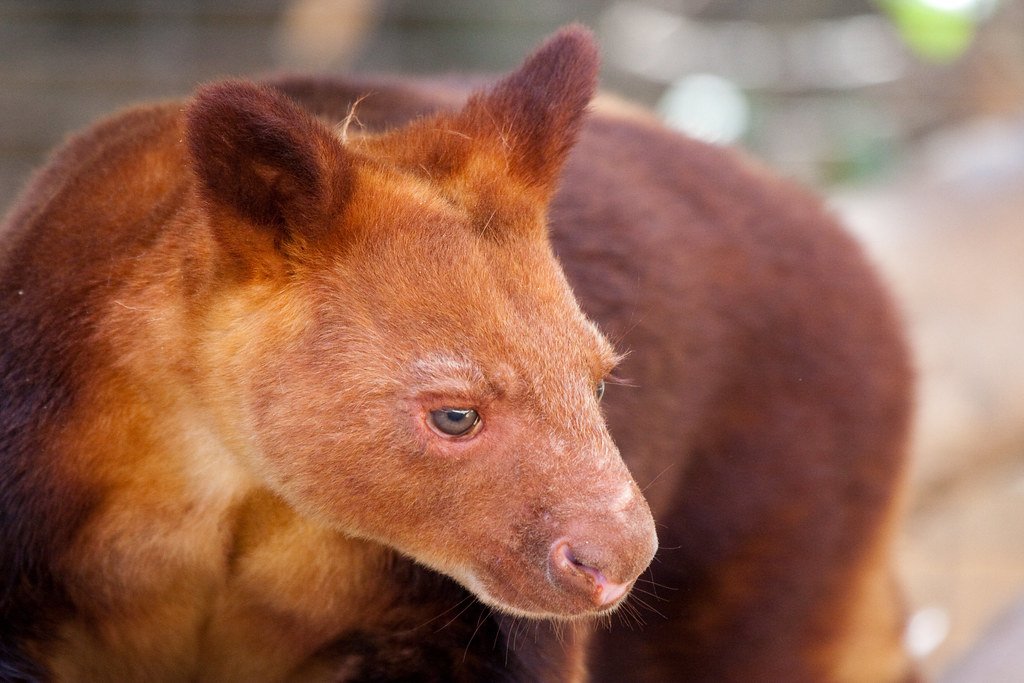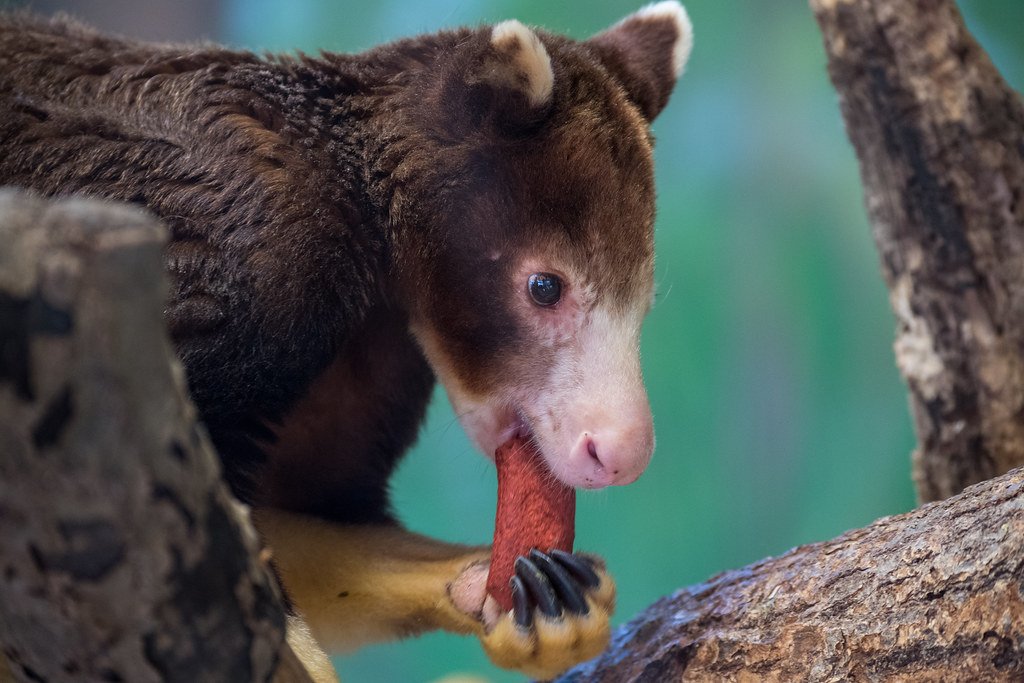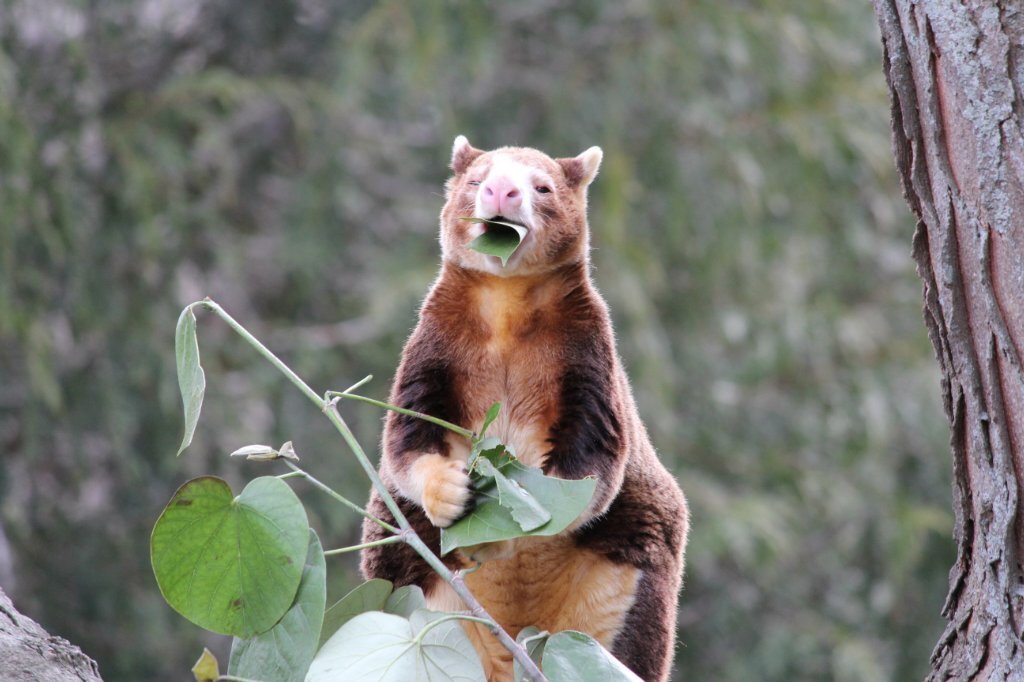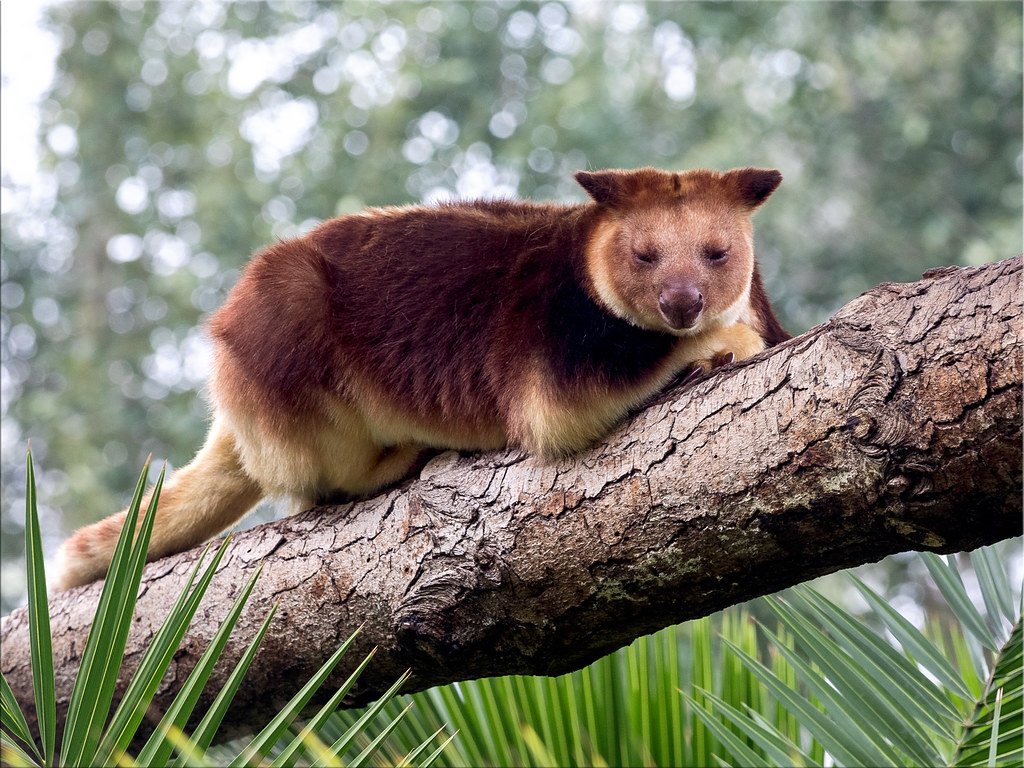In the enchanting rainforests of Papua New Guinea, a unique marsupial known as the tree kangaroo has puzzled and fascinated nature enthusiasts and scientists alike. These creatures defy the typical kangaroo image, as they have adapted to life in the trees, exhibiting behaviors more akin to monkeys. Join us as we delve into the intriguing world of tree kangaroos, exploring their habitat, evolution, and the challenges they face in the modern world.
The Unique Habitat of Tree Kangaroos

Papua New Guinea’s dense, wet forests provide the perfect backdrop for the elusive tree kangaroo. These animals are specifically adapted to the lush canopies, where they navigate branches with remarkable agility. Their habitat is characterized by high rainfall and towering trees, which protect these unique creatures from predators and provide a rich supply of food.
Evolutionary Journey from Ground to Tree

Tree kangaroos are an evolutionary marvel, belonging to the macropod family, which includes their terrestrial relatives, like the iconic Australian kangaroo. Over time, some macropods ventured into the trees, leading to the evolution of arboreal adaptations such as stronger forelimbs and longer tails for balancing, allowing them to thrive in a vertical world.
Physical Characteristics and Adaptations

With their muscular forelimbs, shortened, stout hind legs, and long pendulous tails, tree kangaroos are perfectly built for tree-dwelling life. Their strong limbs help them leap across vast distances, while their cushioned pads provide a firm grip on branches, essential for their arboreal lifestyle.
Diet and Feeding Habits

Tree kangaroos predominantly feast on foliage, supplementing their diet with fruits, flowers, and bark. Their long digestive tract is designed to break down tough plant material. Unlike their ground-dwelling cousins, this adaptation allows them to make the most of the resources found high up in the canopy.
Behavior and Social Structure

Solitary by nature, tree kangaroos are known for their elusive and secretive behavior. They engage with others primarily for breeding purposes. While generally solitary, females caring for their young display nurturing behaviors, ensuring the next generation can safely navigate the perilous forest canopy.
Reproduction and Lifecycle

Similar to other marsupials, tree kangaroo mothers birth tiny, underdeveloped young that make their way to the pouch to develop further. This journey from the pouch to independence is crucial, as young tree kangaroos learn essential climbing and feeding skills from their mothers.
Conservation Status and Threats

Despite their enchanting presence, tree kangaroos face numerous threats. Deforestation and habitat fragmentation are the most significant dangers, largely driven by logging and agricultural expansion. Hunting also poses a grave risk, with tree kangaroos often targeted for their meat and fur.
Conservation Efforts and Future Outlook

Conservationists are actively working to mitigate the threats faced by tree kangaroos. Initiatives include habitat preservation, anti-poaching efforts, and breeding programs aimed at increasing their numbers. Education and community involvement are crucial, fostering coexistence and ensuring the protection of these remarkable animals.
The Role of International Aid

International organizations have stepped in, supporting local efforts to save the tree kangaroos of Papua New Guinea. These collaborations emphasize sustainable practices, ensuring that both the wildlife and the local human populations can thrive harmoniously in their shared environment.
The Fascinating Role of Indigenous Knowledge

The indigenous communities of Papua New Guinea, who have lived alongside tree kangaroos for generations, offer invaluable insights into these creatures. Their traditional ecological knowledge is instrumental in shaping conservation strategies, combining ancient wisdom with modern science for effective preservation efforts.
Conclusion: A Call to Action

The tree kangaroos of Papua New Guinea exemplify the resilience and adaptability of nature. Yet, they serve as a potent reminder of the delicate balance within ecosystems and the perils that accompany human encroachment. Through committed conservation efforts, education, and international cooperation, we can continue to admire these arboreal acrobats for generations to come. Their future depends not only on local efforts but also on global awareness and action to preserve the remarkable biodiversity of our planet.




